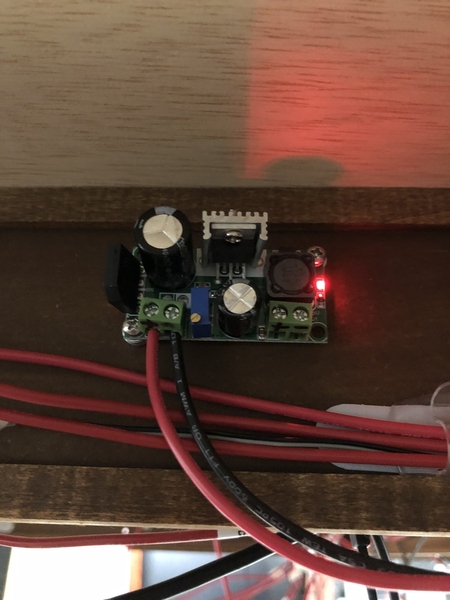I’m thinking about making room for an Atlas turntable in the center of my layout. I’ve spent some time searching the forum and YouTube videos to help answer a few questions. One was fitting Fastrack with the TT, lots of good advice.
Can I use 18VAC track power?
Reading the online manual, it looks like it comes with a rectifier and a #210 twin.
Will this be sufficient to convert to the DC requirement?
Is there anything else needed?
I’m a bit confused where the manual says if using AC power, a variable speed controller or similar would be needed.
Thanks, Gene

























